Science - Alberta Grade 4 - FULL YEAR BUNDLE - NEW 2023 Curriculum
Science - Alberta Grade 4 - FULL YEAR BUNDLE - NEW 2023 Curriculum
Interested in a bundle? Shop below instead!
Couldn't load pickup availability
UPDATED FOR THE NEW 2023 CURRICULUM! BOTH PDF AND GOOGLE SLIDES VERSIONS ARE INCLUDED!
*Both the NEW 2023 curriculum and the older curriculum files are included
FULL YEAR BUNDLE! Alberta Science 2023 Curriculum - Grade 4. This product was created to cover the NEW Alberta 2023 Science Grade 4 Curriculum. Both PDF and Google Slides versions are included for easy teaching!
There are 704 activity sheets that cover the outcomes in the NEW science curriculum. The units contains many fun activities, including readings, experiments, assignments, matching, true or false, and coding.
We have added computer science activities as well to cover the outcomes in the NEW science curriculum.
Strand 1 - Matter: Waste
Some of the concepts that are covered:
- What is waste?
- Plant and animal waste
- Composting
- Experiment – Pop Bottle Composter
- Coding activity – writing code for a composting activity
- Activity – Is it recyclable waste?
- Types of packaging
- STEM Assignment – Product Packaging Machine
- Decreasing waste – the Three R’s: Reduce, Reuse, Recycle
- Activity – Building a recycled bird feeder
- Beyond the 3 R’s – Repair, Refuse, Regift, Rot/Recover
- Activity – repurposing waste to make something useful
- Activity – selling something using an online marketplace
- Diagram – How long does garbage take to decompose?
- The journey of recycled glass, metal, paper, and plastic
- STEM Assignment – a machine that sorts recycling
- Consumerism and waste
- Waste management issues – what happens with our waste?
- Benefits and drawbacks of using landfills
- Benefits and drawbacks of incinerating waste
- Life of a consumer product – flowchart example
- Activity – creating a flowchart of what happens to consumer products
- Story – The Journey of Robo The Robot
- Toxic waste
- Flammable, corrosive, and reactive waste
- Medical waste – proper disposal
- Safety symbols of different materials
- Explosive, compressed gas, irritant, flammable, corrosive, oxidating, toxic, etc.
- Scavenger hunt – finding products with different safety symbols
- Electronic waste (E-Waste)
- Coding activity – sorting E-Waste
- Classifying types of waste – making a chart
- Wasted materials in the classroom
- Making a plan to reduce waste in the class
- Activity – making a personal plan to reduce waste
- Unit test
- Answer pages for all activities
Strand 2 - Energy: Non-Contact Forces
Some of the concepts that are covered:
- What are forces?
- Contact versus non-contact forces
- Gravity – a pulling non-contact force
- Experiment – testing the force of gravity
- Experiment – egg drop test
- Research activity – Sir Isaac Newton
- Electrostatic forces
- Static electricity – non-contact force
- Experiment – Magic Spoon (non-contact force in action)
- Experiment – Bending Water (non-contact force in action)
- Experiment – Rolling a Can (non-contact force in action)
- Dangers of static electricity
- Magnetic force
- Activity – will the magnets attract or repel?
- Experiment – making a magnetic car
- Maglev Cars – are magnetic cars the future?
- Coding activity – Maglev Cars
- Is the material magnetic? Yes or no?
- Experiment – testing the magnetic strength at different distances
- Experiment – testing if a magnet works through different materials
- Magnetizing objects – striking or rubbing
- Experiment – magnetizing a nail
- How a compass works – magnetic field
- Harmful effects of magnets
- Devices that use non-contact forces
- Coding activity – bank cards and magnets
- Researching the history of bank cards
- How hard drives work – using magnets
- Coding activity – hard drives and binary code
- Photocopiers using static electricity
- Unit test
- Answer pages for all activities
Strand 3 – Earth Systems
Some of the concepts that are covered:
- What are the Earth’s systems? The Four Spheres
- The lithosphere – outer layer of Earth
- The rock cycle – 3 types of rocks: igneous, metamorphic, sedimentary
- Experiment – creating a model of the rock cycle
- Coding activity - underground drones
- The atmosphere – Earth’s invisible shield
- The layers of the atmosphere
- Coding activity – layers of atmosphere program
- Everything living needs air
- What is the hydrosphere?
- Cryosphere – glaciers
- All living things need water
- Bodies of water – plants and animals living in each
- Plant profile – cactus plant needs of water
- What is the biosphere?
- Survival needs of living things
- What is biodiversity?
- Longitudinal biodiversity gradient – more life at the equator
- Experiment – effects of the sun on different surfaces
- Sun’s energy – effects on islands, deserts, forests, and fields
- Regions of Canada – mapping activity
- Natural resources in Canada and its regions
- Natural resources in Alberta
- Resource towns in Alberta
- Interconnections between Earth’s spheres
- Changes in one sphere affecting others
- Ways to conserve Earth’s systems
- How humans affect water – water pollution
- Experiment – making a water filter
- STEM and coding activity – water testing invention
- Writing code – Calgary’s water services
- Water conservation
- Personal water consumption survey
- How the Indigenous use water – honour and sacred use
- Parks Canada and heritage sites in Alberta
- How Indigenous groups work with Parks Canada
- How you can help habitats and Earth’s systems
- Role play activity – humans destroying habitats
- Making an infographic – protecting Earth’s systems
- Unit test
- Answer pages for all activities
Strand 4: Living Systems
Some of the concepts that are covered:
- Organisms, species, and communities
- Scavenger hunt – finding plant organisms in your area
- How we sort living things
- Classifying common plants – shrubs, trees, creepers, climbers, herbs
- Classifying animals – vertebrates and invertebrates
- Vertebrates – mammals, reptiles, amphibians, fish, birds
- Invertebrates – insects, worms, and spiders
- External body parts affect our movement – locomotion
- Animal tracks – feet of animals
- Experiment – making an animal track
- Coding assignment – designing and coding an animal tracking device
- Adaptations - how organisms are designed to function in their environment
- Beaks of different finches – digging beaks, crushing beaks, grabbing beaks
- How frogs live on land with strong legs and tadpoles live in water with tails
- Desert habitat – plants and animals that survive there
- Desert plants and animals and their external structures
- Grassland habitat – plants and animals and their body parts
- Carnivore animals and their external structures (claws, teeth, jaws, etc.)
- Research activity – learning more about an animal and its body parts
- External structures of plants – stem, flower, seeds, roots, leaves
- Differences between bulb plants and seed plants
- Differences in plant structures – needles versus leaves
- Plants responding to light – phototropism
- Experiment – demonstrating phototropism
- Plants responding to touch – Venus Fly Trap
- Plants responding to water – transpiration, photosynthesis, deep roots
- Plants responding to gravity – growing against gravity/with gravity and thick roots
- Plants responding to temperature – transpiration, dormancy, etc.
- Experiment – how seeds respond to different environments
- Animal organs and senses
- Super hearing animals
- Echolocation – dolphins and bats
- Infrared sensing animals – mosquitos and vampire bats
- UV sensing animals – bees and hummingbirds
- Magnetoreception – animals with internal senses for magnetism
- Writing code – how animals respond
- Unit test
- Answer pages for all activities
Strand 5 - Space Unit
Some of the concepts that are covered:
- What is the universe?
- Our solar system – size, structure, and age
- Diagram of our solar system
- Exploring objects in space – moons, planets, stars, galaxies
- What are moons?
- Research activity – moons in our solar system
- Planetary systems in space - TRAPPIST-1
- Experiment – making a galaxy in a bottle
- Viewing space at night versus during the day
- Technologies for viewing space – telescope, binoculars, and planetariums
- Activity – making binoculars
- Hubble telescope
- Viewing the Sun safely
- Experiment – making a pinhole projector to view the Sun
- Celestial objects in the night sky
- What are constellations?
- Earth’s movement – rotation versus revolution
- How the Earth’s movement affects the constellations we see
- Experiment – creating a model of Earth’s movement
- The North Star - Polaris and Orion (star in the south)
- Research activity – studying constellations
- Experiment – creating constellations using a Geoboard
- Indigenous constellation story – Great Bear Hunt
- Coding activity – controlling the Hubble Telescope
- STEM Assignment – designing a space telescope
- Coding a space telescope
- Measuring time using the Moon
- Lunar Calendars – use for Indigenous groups
- Phases of the Moon
- Experiment – making a cookie model of the phases of the moon
- Cree and Blackfoot using the Lunar Calendar
- Story – Little Bear and the Lunar Calendar
- Haida Lunar Cycle
- Haida Teachings – The Sun and the Moon
- Cree Story – Wesakechak and the creation story of the Sun and Moon
- What is the Gregorian System?
- Comparing calendars: Lunar Calendar versus Gregorian Calendar
- Coding activity – Paper Gregorian Code Wheel
- Unit test
- Answer pages for all activities
This is a comprehensive bundle that will save you hours of planning! It has been tested and found effective in helping students achieve the learning outcomes in the NEW 2023 science curriculum.
Share
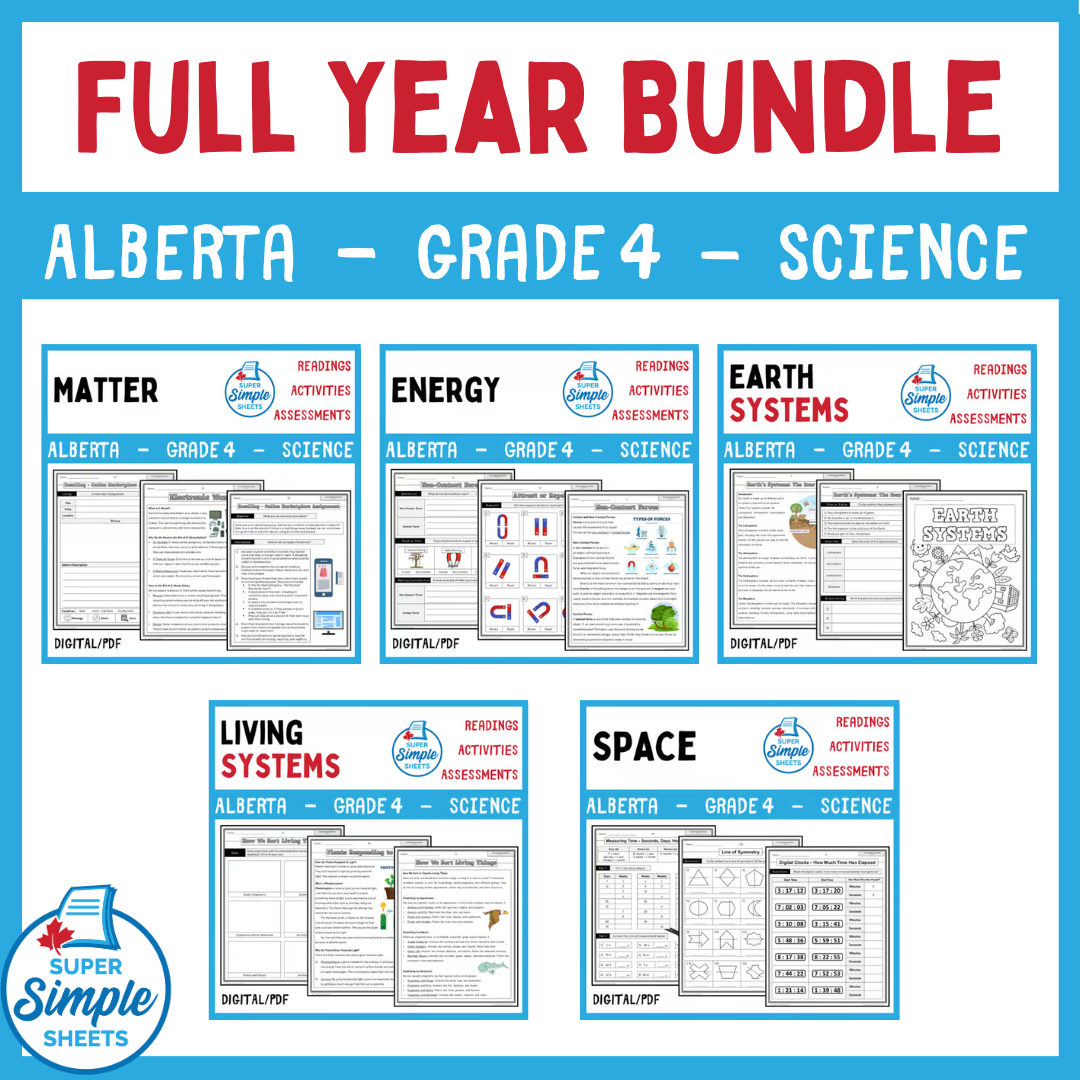
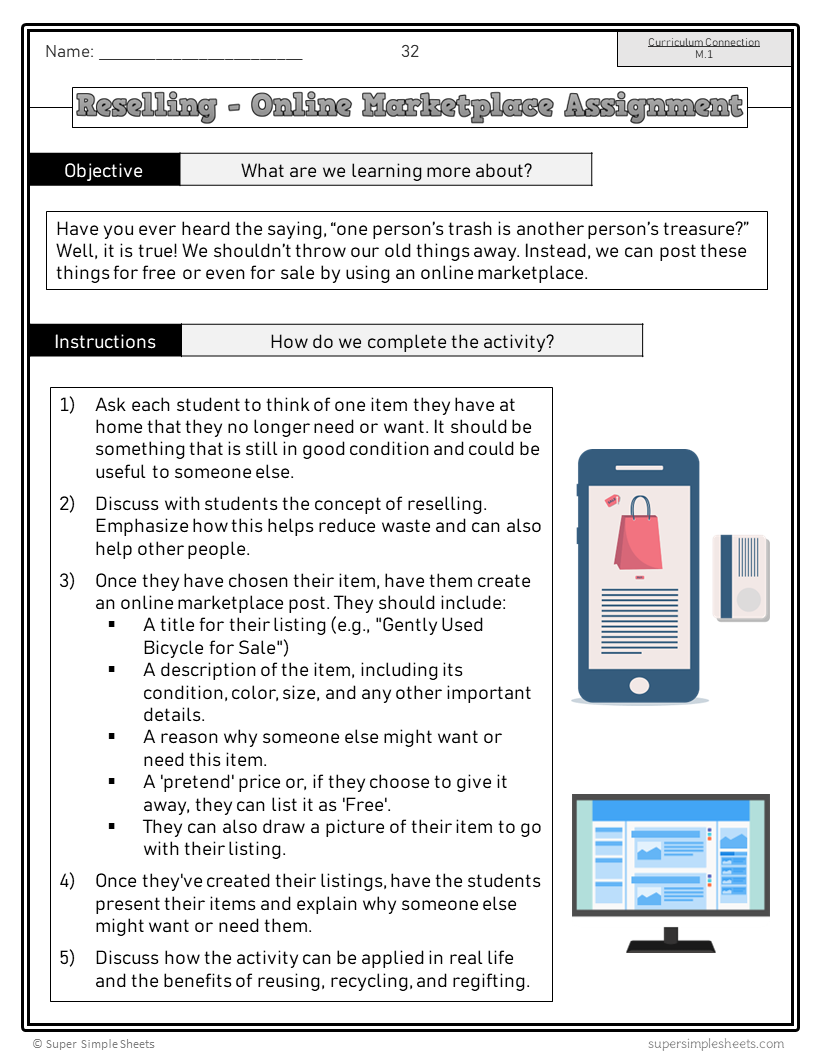
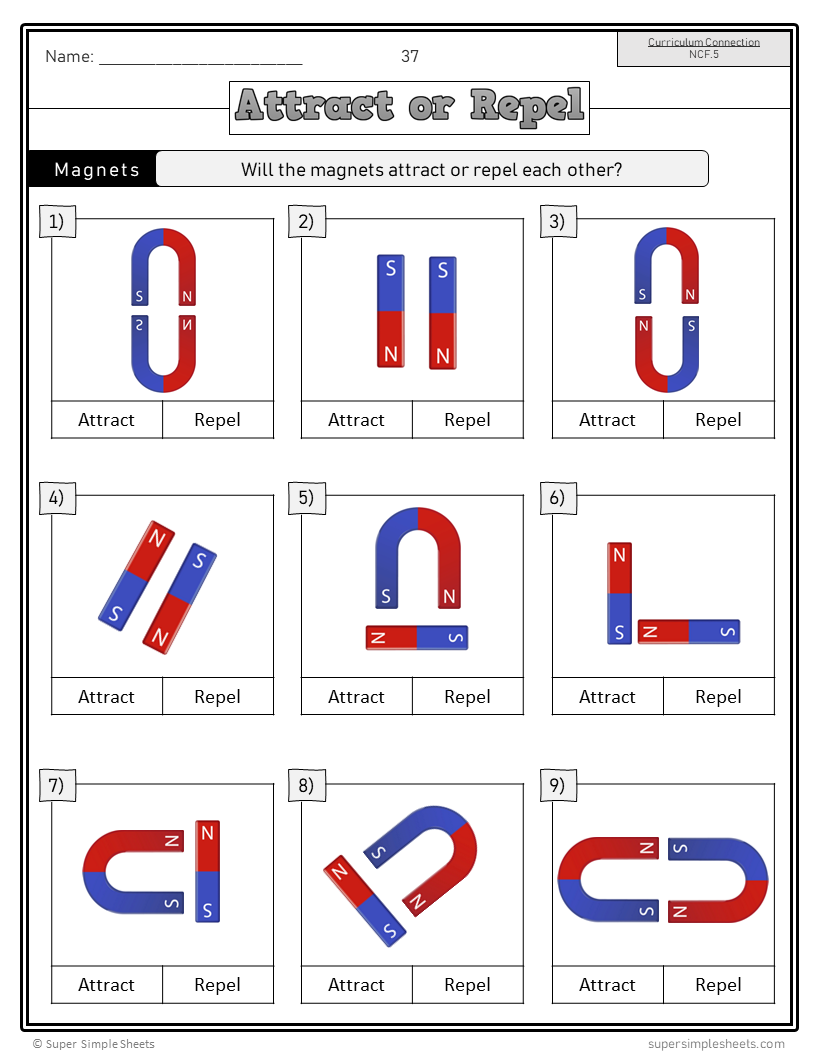
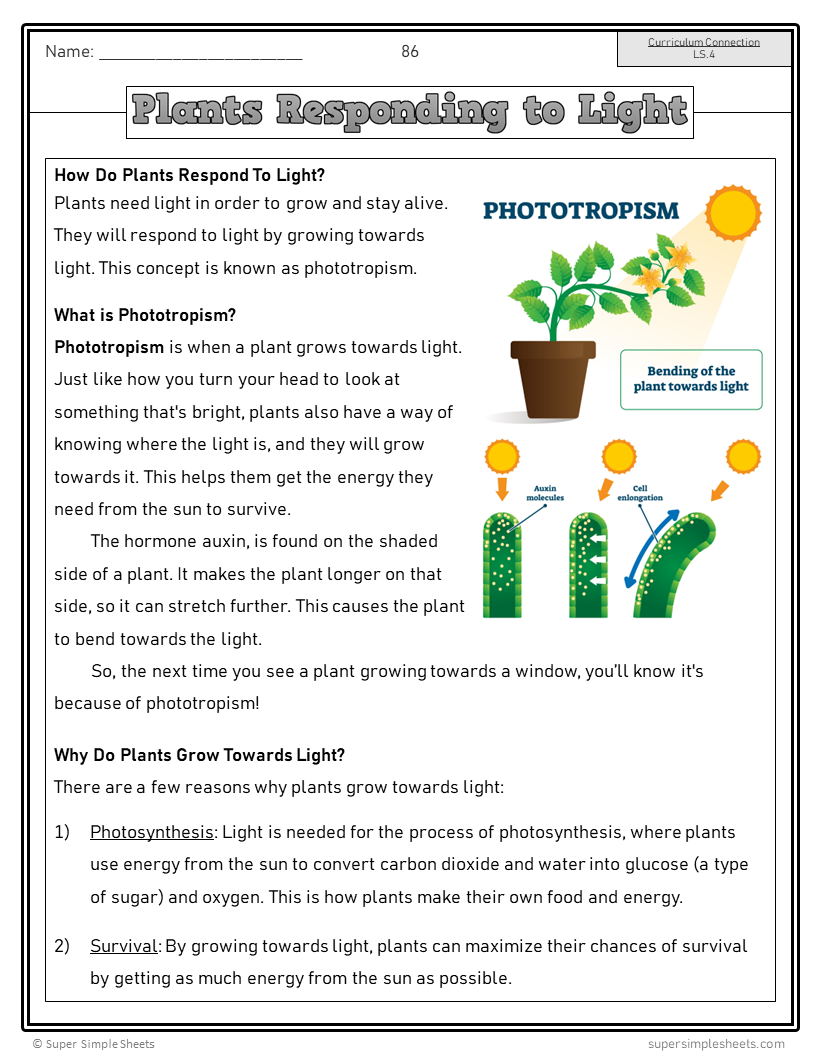
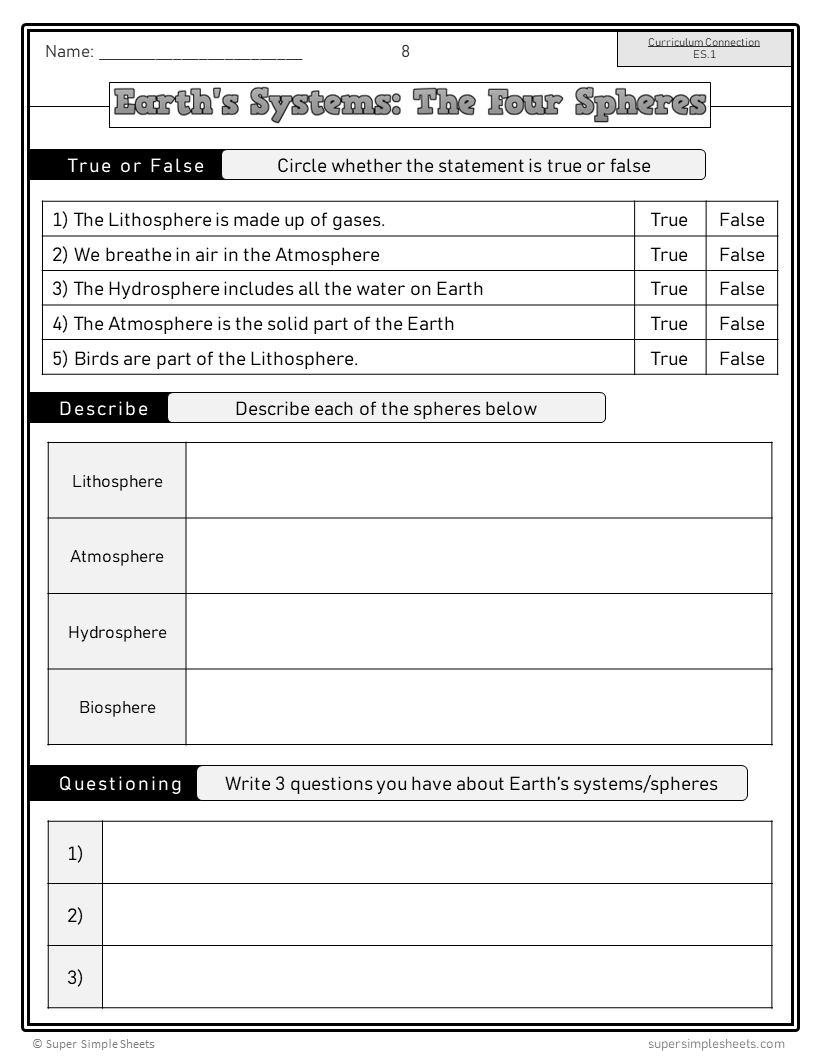
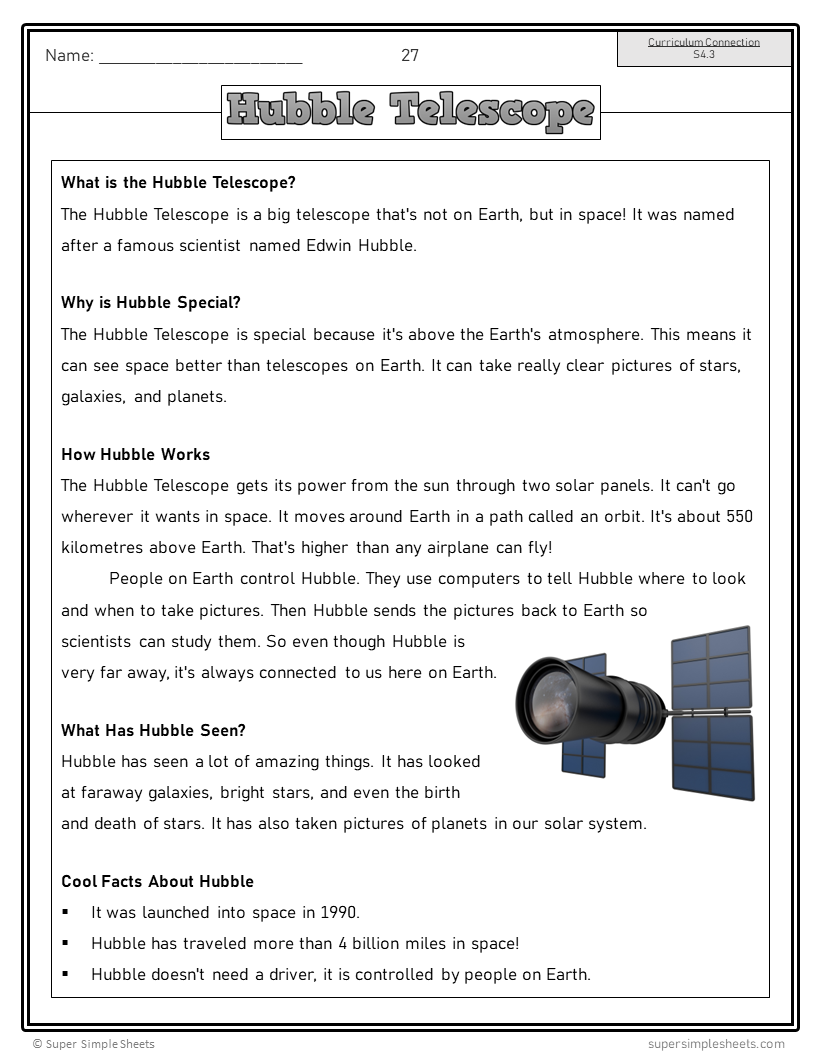
I have been using these for a few years now and they are fantastic!
Alignment with curriculum. Easy to use.
My son has been enjoying the lessons and projects/experiments, the lessons are easy to use and on point. Thank you, will for sure purchase more for next year.









